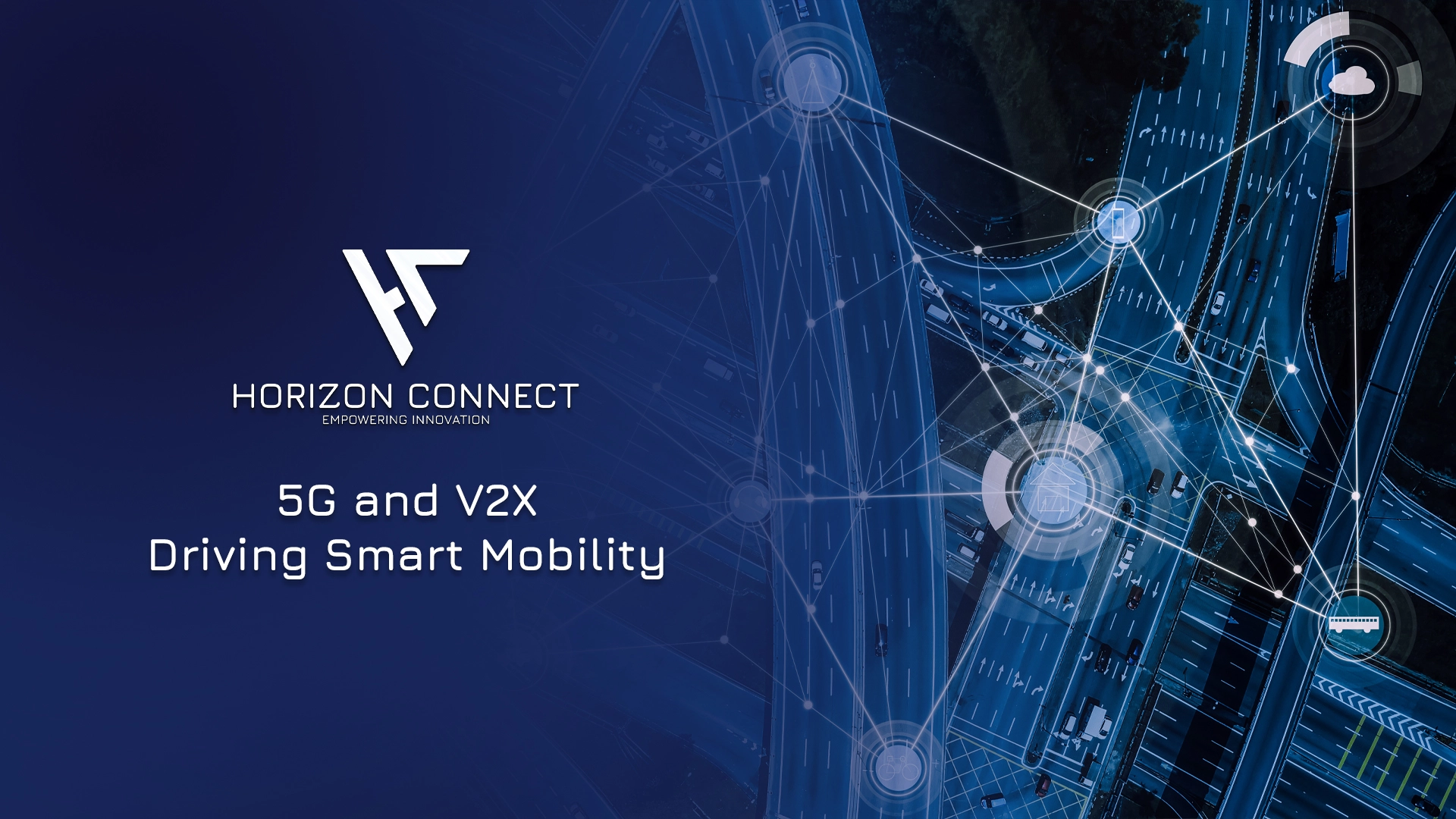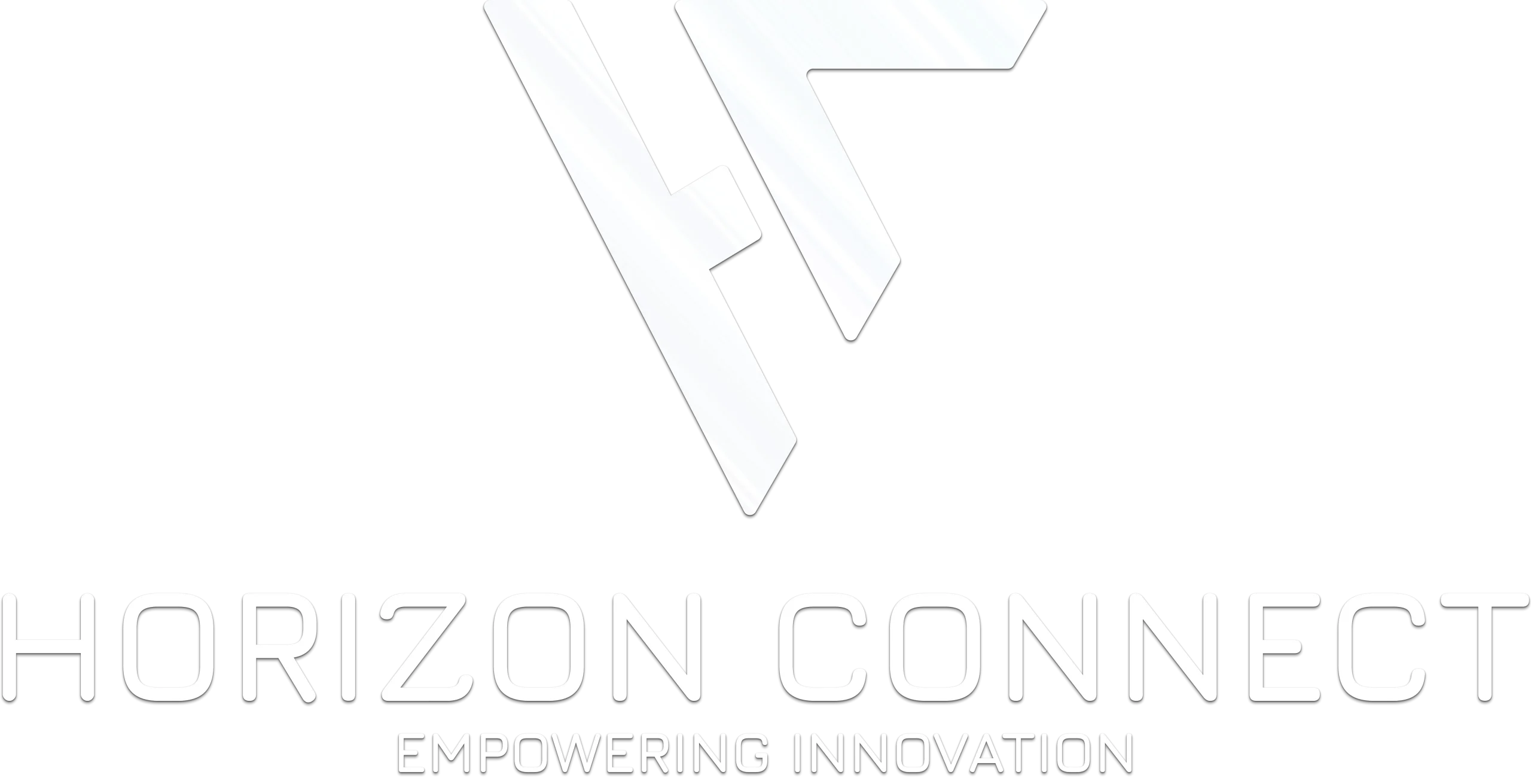5G V2X technology is revolutionizing the way vehicles communicate with their surroundings, enabling smarter, safer, and more efficient mobility. As cities embrace smart infrastructure and autonomous driving, 5G-powered V2X (Vehicle-to-Everything) technology stands at the forefront of this transformation, paving the way for a connected future.

What is 5G V2X?
5G V2X combines the power of fifth-generation (5G) networks with V2X communication protocols to enable real-time data exchange between vehicles, infrastructure, pedestrians, and networks. It’s the cornerstone of next-generation mobility, ensuring ultra-low latency and robust communication.
Key Benefits
- Faster response times for collision avoidance.
- Enhanced traffic flow through intelligent traffic management.
- Reliable connectivity for autonomous vehicles.
The Role of 5G V2X in Smart Mobility Improving Road Safety
With instant data sharing, 5G V2X enables vehicles to detect and respond to potential hazards in real time, reducing accidents.
Supporting Autonomous Vehicles
Autonomous cars rely heavily on precise communication, which 5G V2X delivers, ensuring safe and efficient navigation.
Optimizing Traffic Management
Smart traffic systems powered by 5G V2X reduce congestion by dynamically managing traffic signals and rerouting vehicles.
The 5G V2X Architecture
5G-V2X architecture focuses on delivering safer and more efficient driving through advanced communication technologies. Two key solutions have emerged: IEEE 802.11p (ITS-G5 in Europe) and Cellular Vehicle-to-Everything (C-V2X). While ITS-G5 adoption has been limited, C-V2X has rapidly gained momentum, driven by 3GPP advancements and its inclusion in LTE Releases 14 and 15, with further enhancements in Release 16. The C-V2X ecosystem encompasses Vehicle-to-Vehicle (V2V), Vehicle-to-Infrastructure (V2I), Vehicle-to-Pedestrian (V2P), and Vehicle-to-Network (V2N) communications, supporting critical use cases with ultra-low latency and high reliability.

The architecture integrates 5G New Radio (NR) and core network functionalities. NR enhancements, introduced in Release 16, cater to V2X application demands through flexible waveforms and advanced communication modes like PC5 Mode 3 (scheduled) and Mode 4 (autonomous). While PC5 facilitates direct V2V, V2P, and V2I communication, bypassing cellular infrastructure, the Uu interface supports V2N communications with unicast and multicast capabilities. The 5G core network, designed for scalability and flexibility, incorporates key components such as User Plane Function (UPF), Access and Mobility Management Function (AMF), and Network Repository Function (NRF). These components enable seamless connectivity, leveraging emerging technologies like SDN and NFV to meet the stringent performance requirements of V2X systems.
Challenges and Opportunities
While 5G V2X holds immense potential, challenges like infrastructure development, cybersecurity, and cross-industry collaboration remain. However, these hurdles present opportunities for innovation and growth, making this a critical focus for Horizon Connect.
Horizon Connect’s Commitment to 5G V2X
At Horizon Connect, we’re proud to be at the forefront of this innovation. Our cutting-edge solutions empower vehicles and infrastructure to work together seamlessly, ensuring safer roads and smarter cities. Join us in driving the future of mobility.
Conclusion
5G V2X is more than just a technology; it’s a game-changer for the automotive and connectivity industries. As we move into 2025, Horizon Connect is committed to delivering solutions that redefine how we think about mobility. Follow us to stay updated on the latest developments in 5G V2X and smart mobility.
This article was inspired by “A Survey on Machine Learning-based Misbehavior Detection Systems for 5G and Beyond Vehicular Networks” Abdelwahab Boualouache, Member, IEEE and Thomas Engel, Member, IEEE FSTM, Faculty of Science, Technology and Medicine, University of Luxembourg, Luxembourg


